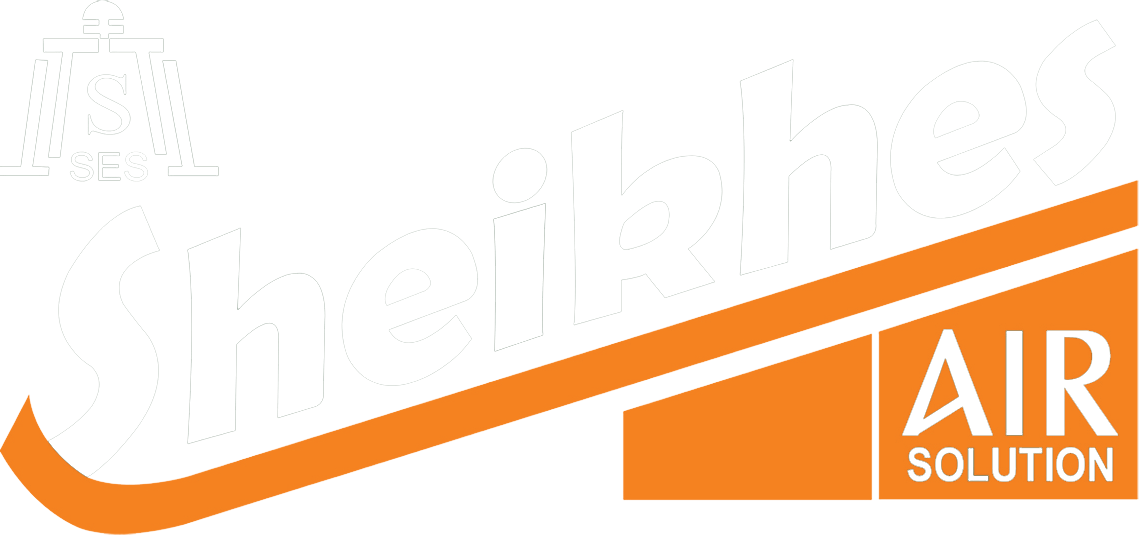Common Usages:
To move extremely heavy or bulky loads through the overhead space in a facility, instead of through aisles or on the floor, an overhead crane (also called an industrial crane, crane, overhead traveling crane is a machine that lifts, lowers and moves a load horizontally. Overhead cranes have high lifting capacities for load movement. Crane travel is directed by an operator, either manually or with a wired pendant station or wireless controls that guide their electric- or pneumatic-powered travel. Typical uses include multi-directional movement of materials to support manufacturing, storage, loading or unloading activities inside a facility.
Description
Overhead Cranes assist in the transport and movement of large, heavy loads in a variety of industries, including:
– Automotive
– Beverage
– Chemicals
– Commercial printing
– Manufacturing
– Newspaper
– Paper
– Steel
– Warehousing and distribution
What Are the Benefits Of Overhead Cranes
Overhead Cranes provide a variety of benefits:
– Adaptable – Because they can operate on any plant floor surface, and because they can be modified to accommodate changing needs, overhead cranes provide flexibility to an operation
– Customizable – Overhead cranes can be customized with below the hook attachments, end effectors or specialized tooling to handle a diverse variety of products and loads
– Ergonomics – By doing the heavy lifting, overhead cranes take strain off operators, reducing fatigue and lowering the risk of injury
– Faster direct paths – Overhead cranes take product up and over obstacles, instead of navigating back and forth through aisles
– Load control – Radio remote controls and independent traveling pushbutton pendants allow for a better view, while keeping the operator away from the load and any associated danger
– Lower maintenance costs – Incorporating the latest technologies and offered in a variety of usage and capacity ratings, overhead cranes require less maintenance compared to other lifting devices
– Positioning – Highly automated systems maneuver with the precision of one thousandth of the rated speed to an exact location
– Reduce labor expenses – A single overhead crane can replace multiple forklifts and cover a large work area
– Reduction in product damage – By allowing for smooth, direct-path transportation over obstacles—with soft start features, multiple speed options and a variety of end effectors to interface with and secure the load—products are handled gently to minimize damage
– Safety – Because they operate overhead and work in a specific area, overhead cranes are less likely than forklift traffic to maneuver loads into personnel, walls, machinery or other obstacles
– Stack product higher – Overhead cranes allow for greater lifting heights than forklifts, enabling higher vertical storage and more efficient use of space
Get the Latest and Greatest of Sheikhes Engineering Services -- Right in to Your E-Mail!
Request
A CALL BACK
We Will CAll You Back in few Minutes
